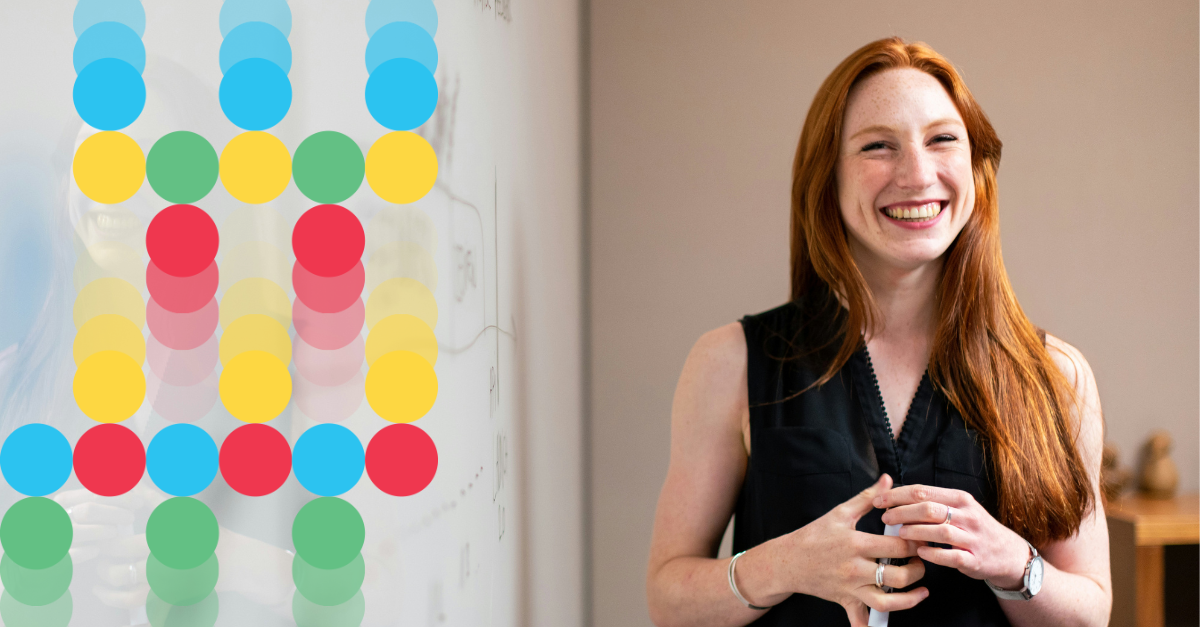In studies of global business leaders and CEOs, “creativity” routinely shows up as one of the top qualities for effective leaders. But you don’t even have to read the studies to know that people value creativity in business. We talk about emulating the Steve Jobs’s of the world, the new technology innovators, those who come up with clever solutions or new products that transform entire markets and industries. In fact, CEOs have been making speeches proclaiming a “fresh commitment to creativity” and urging an entrepreneurial approach to business for decades.
So why are the results so consistently disappointing? What’s holding back creativity in business?
Are we just not that creative?
Perhaps the first question we should really be answering is, where does creativity come from? There continues to be a lot of mystique around the creative process and even how to define creativity. Among other things, though, creativity is the ability to:
- challenge assumptions
- recognize patterns
- see in new ways
- make connections
- take risks
- seize upon a chance
All of these essential aspects of creativity come from the brain. And because the brain is the source of creativity, we can’t unleash the creative potential in the organization without first recognizing what we’re actually asking people to do in terms of their thinking.
Discovering Your Creative Thinking “Selves”
Our research has shown that various stages of the creative process require different kinds of thinking, but each is involved at some point. The Whole Brain ® Model describes what each of these four processing modes represent. While everyone has the ability to think across the four quadrants of the model, we typically prefer certain patterns of thinking over others.
When it comes to creative thinking, you have four different “creative selves,” reflecting each of these thinking quadrants:
A. The problem-solving self, which focuses on analytical, fact-based thinking
B. The implementing self, which draws on disciplined and organized thinking
C. The idea-sensing self, which uses expressive, tactile thinking
D. The idea-finding self, which is the experimental, intuitive thinking
You might prefer analytical, fact-based thinking (A quadrant) over interpersonal, expressive thinking (C quadrant), for example. As a result, you’ll be more comfortable with the problem-solving activities associated with creative thinking, and that comfort zone of thinking preferences will become a kind of “mental default.” You can stretch outside it, but it will take conscious effort and energy to do it.
In other words, depending on your preferences, some aspects of the creative process may be more difficult than others, but creativity is not off limits to anyone. Once it’s understood as a series of thinking processes that can be applied and learned, it suddenly becomes available to us all.
Getting Started with Creative Thinking
Since creativity is a Whole Brain ® process, groups with diversity of thought represented are often not only the most creative but also the most successful in getting real value out of creative ideas. While those with strong C- and D-quadrant expressive and “big picture” thinking preferences will typically come up with lots of different ideas and push people to go “outside the box,” the balance in the group’s thinking is what will help them stay focused and on track towards the desired outcome. And just as important is a skilled leader who can make sure all those diverse perspectives are heard and valued.
What if you don’t have that natural cognitive diversity in your group (or yourself)? You can follow a Whole Brain ® creative thinking process to make sure you’re still getting the the value from all of your creative selves.
There are four distinct stages in this creative thinking process, each of which requires thinking from a particular quadrant—although in many cases, all stages are occurring at the same time. At a high level, these stages are:
- Think About “It” (A-quadrant thinking: problem finding): In most cases, a large part of the solution lies in the definition of the problem or opportunity. This stage helps you define what you’re working on by clarifying the issues at the source.
- Dream About “It” (C-quadrant thinking: idea sensing): Your subconscious knows more than you do. This stage is about getting in touch with your subconscious so you can get a clearer mental picture of what the problem looks like, both in its current and future state.
- Play About “It” (D-quadrant thinking: idea finding): Ideas come in all shapes and sizes. This stage gives you the freedom to unveil the “crazy” ideas that work by using magic wand thinking to temporarily remove constraints like time, budget, practicality and others that might be blocking your wider view.
- Act On “It” (B-quadrant thinking: implementing): If nothing is done with them, ideas lose their value. This stage allows you to focus on turning “crazy” ideas into actionable solutions by looking at what’s tempting, what’s lacking and what needs to change to make them work.
Sign up to our newsletter for the latest insights












